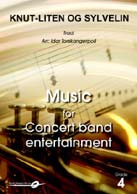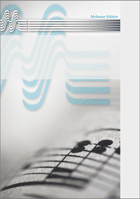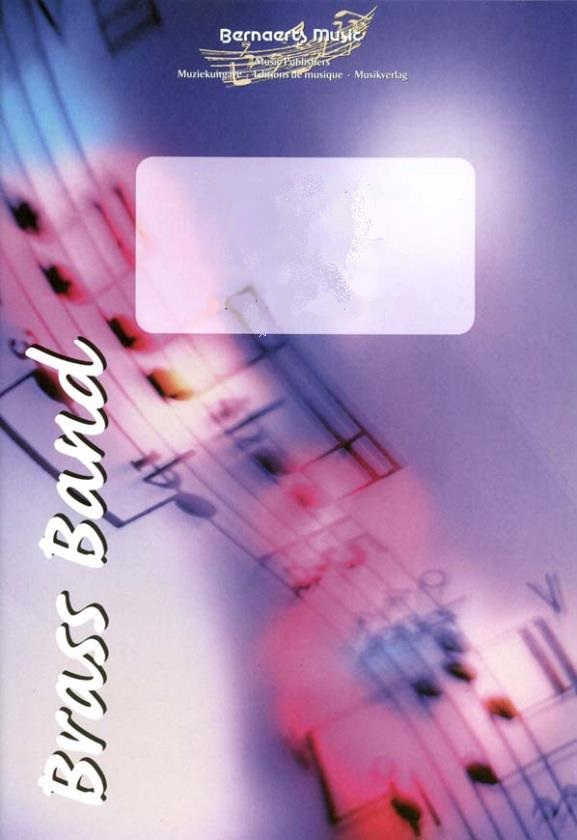We've found 71 matches for your search. Order by
Results
-
£63.00
-
£63.00
Les Dragons D'Alcala (Bra) - Georges Bizet - Bert Van Thienen
Estimated dispatch 7-14 working days
-
 £63.00
£63.00Knut Liten og Sylvelin - Traditional/Idar Torskangerpoll
Estimated dispatch 10-14 working days
-
 £63.00
£63.00 -
 £63.99
£63.99A Happy Merry Christmas! - James Lea, Neville Holder, John Lennon, Yoko One & Bob Heatlie - Frank Bernaerts
Estimated dispatch 7-14 working days
-
 £63.99
£63.99 -
 £63.99
£63.99Alice In Wonderland
Estimated dispatch 7-14 working days
-
 £63.99
£63.99Back To The Future - Alan Silvestri - Frank Bernaerts
Estimated dispatch 7-14 working days
-
 £63.99
£63.99Band Of Brothers
Estimated dispatch 7-14 working days
-
 £63.99
£63.99Ben-Hur
Estimated dispatch 7-14 working days
